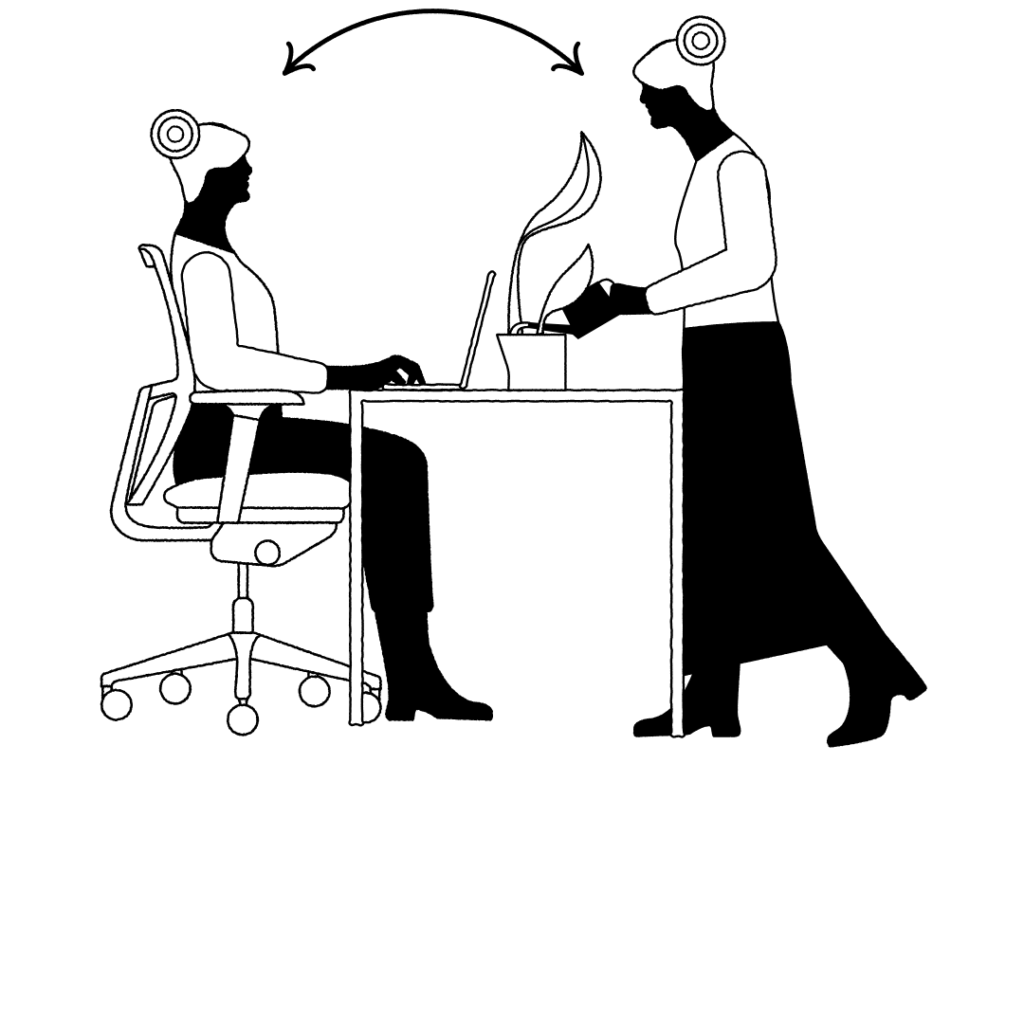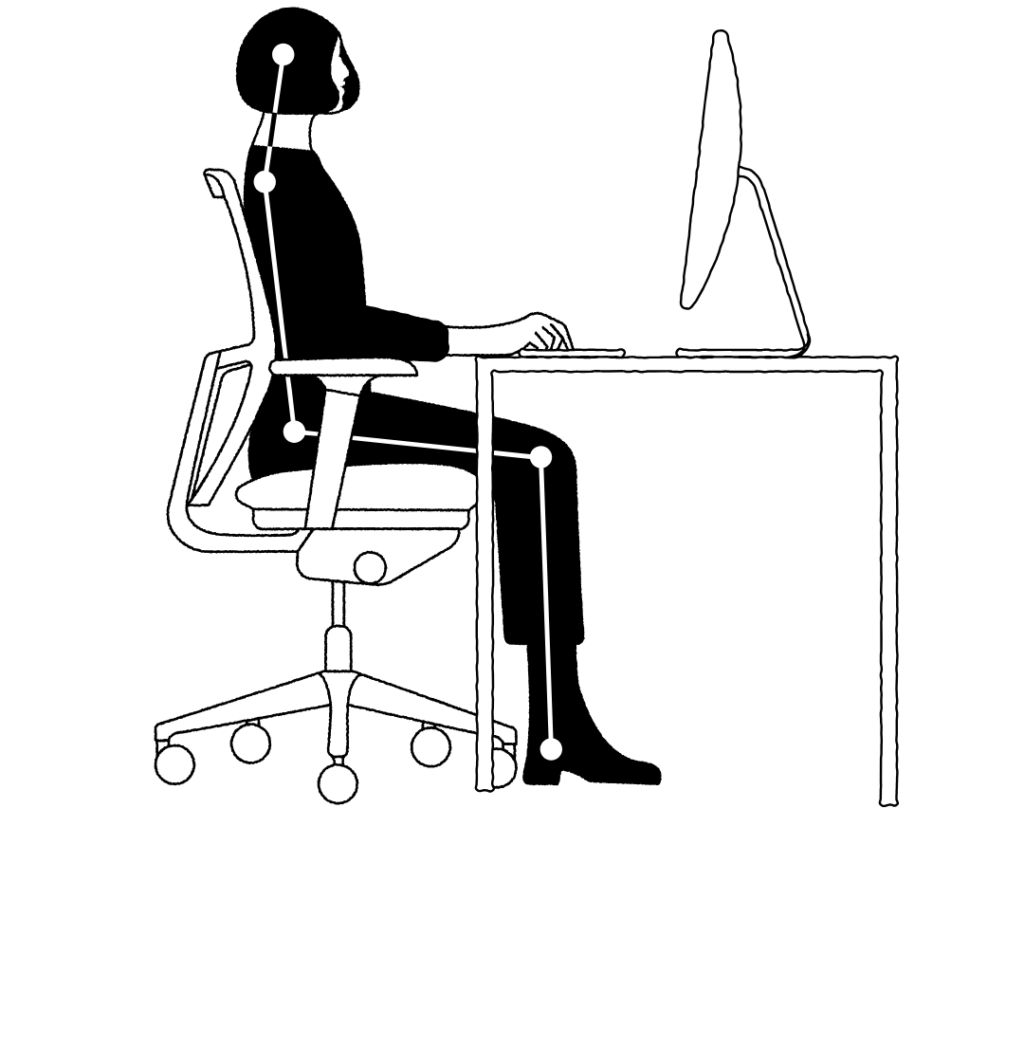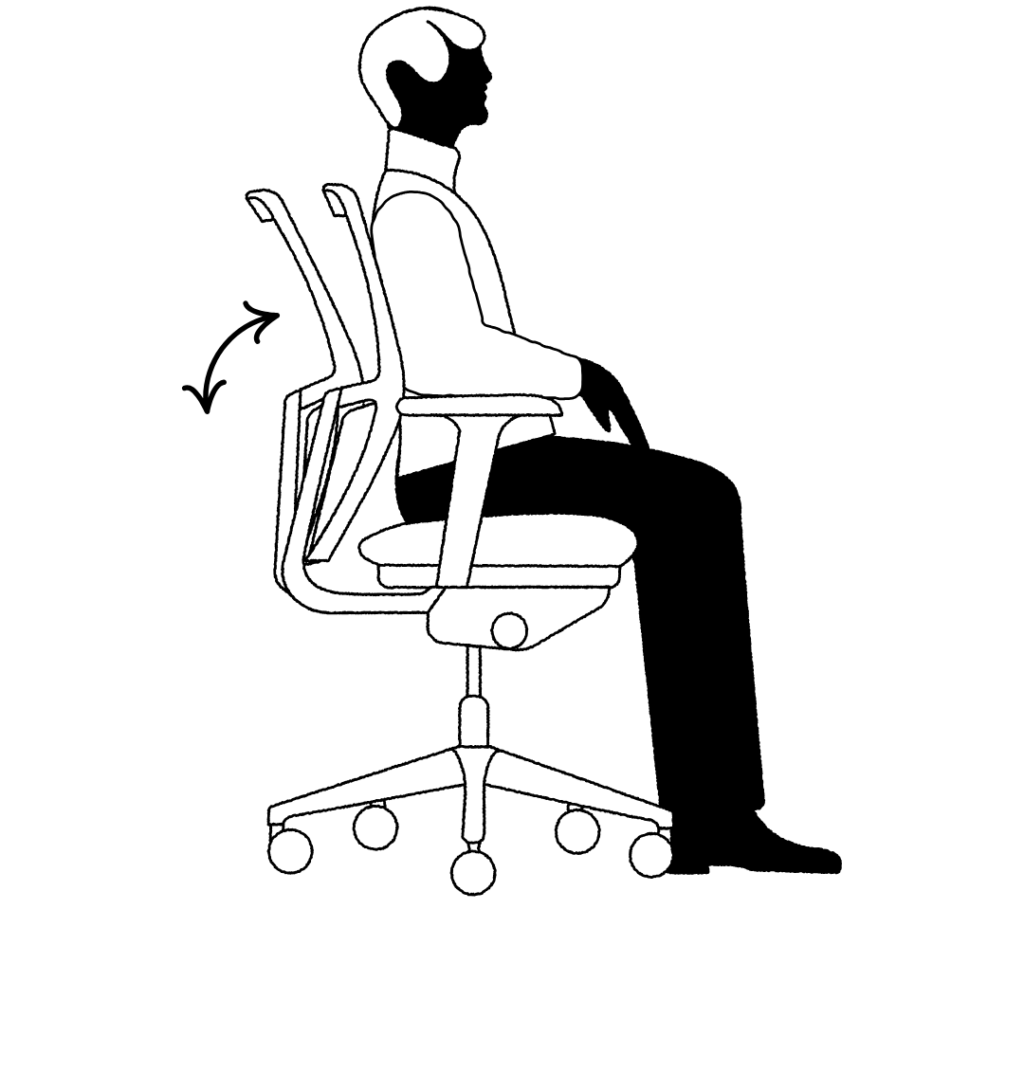Story
Sitting myths, explained: A practical guide to better sitting habits
From standing desks to ergonomic seating, workplace wellbeing has evolved – but some myths still shape how we think about posture and productivity.
We unpack four common misconceptions about sitting and share a more balanced, movement-led approach to supporting the body throughout the workday.



